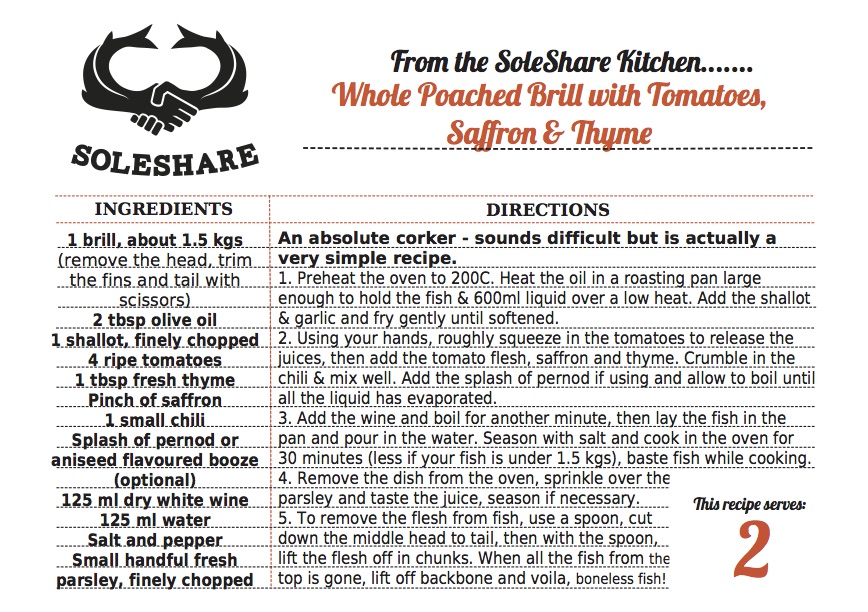Scophthalmus rhombus
Biology
no-one wanted to play 40-40 with poor old brill
Brill tend to have an ace of spades shape. Their colour depends on the habitat in which they live and can vary from a sandy brown to slate grey, although there's normally a spotted, sandy camouflage pattern to their skin.
Juveniles live very close to the shoreline in shallow waters, gradually moving further into the depths as they grow and mature. Larger fish are found in much deeper waters but come inshore to breed.
Brill use their excellent camouflage (on the left) to lie in wait for prey their prey -normally small fish like sandeels and gobies. Although larger fish will happily take whiting and squid.
Brill seem to be aware of their constant comparison to turbot, their life histories and geographic distribution are so similar that they’ve been known to interbreed, producing what we can only assume is a delicious hybrid, that we would be happy to call trill.
Fishing
In the channel, most of the brill our guys catch is found in their skate nets, although they’ll often get tangled up in the trammel nets used to target larger soles. They’re more plentiful in Cornwall, where they’re called kites. They’re normally trawled in deeper waters, but as our guys only use static gear, they’re an irregular, but welcome addition to the box.
Eating
Brill is almost always followed by its soubriquet: ‘the poor man’s turbot’. Don’t for a minute believe it. Not only is brill pretty spenny, but its firm, flavoursome flesh should never be thought of as second best.
Brill need scaling, either with the back of a knife or with a fancy fish scaler (if you have one). If you have a plump one, score the flesh in a leaf pattern, this helps it cook evenly, helps any flavouring penetrate the flesh and hey, it looks good too.
Until ten or twenty years ago, brill were always given heavy handed treatment by classically trained chefs who thought them inferior, smothering them with cheese or bisques. We think a light touch is needed poached or roasted and served with a simple sauce (sorrel, beurre blanc, or beurre noisette) these fish are a genuine treat
RECIPES
(Click to enlarge)





